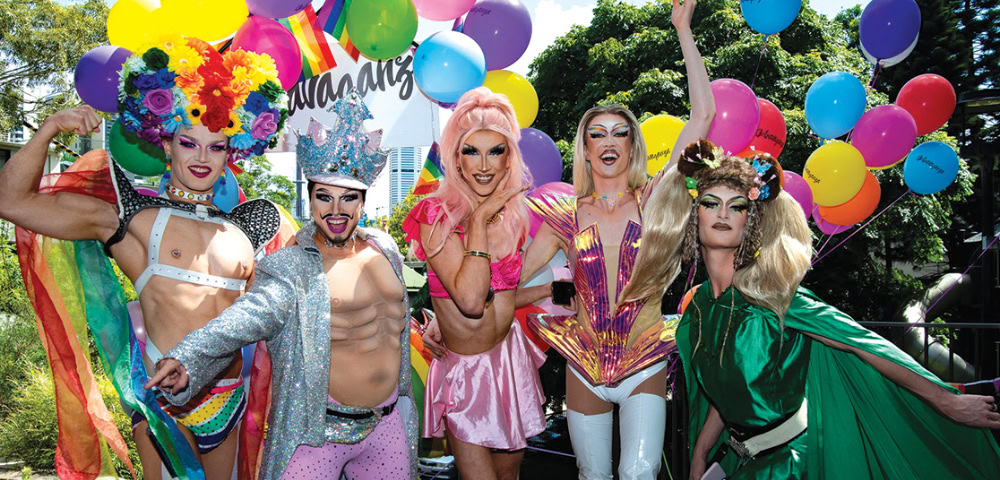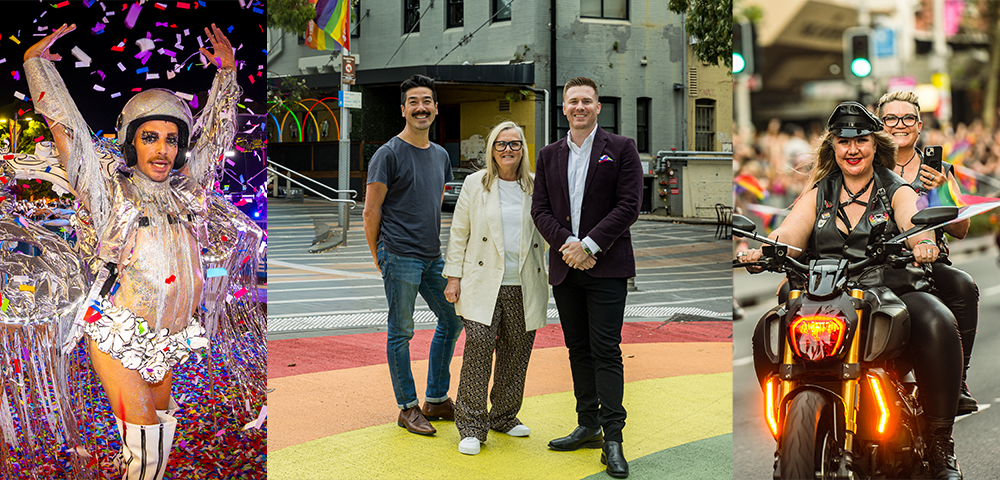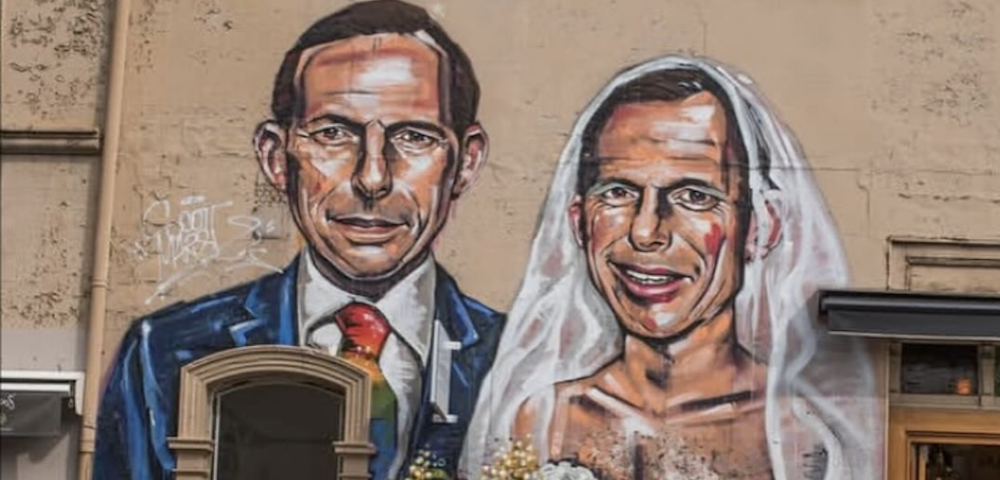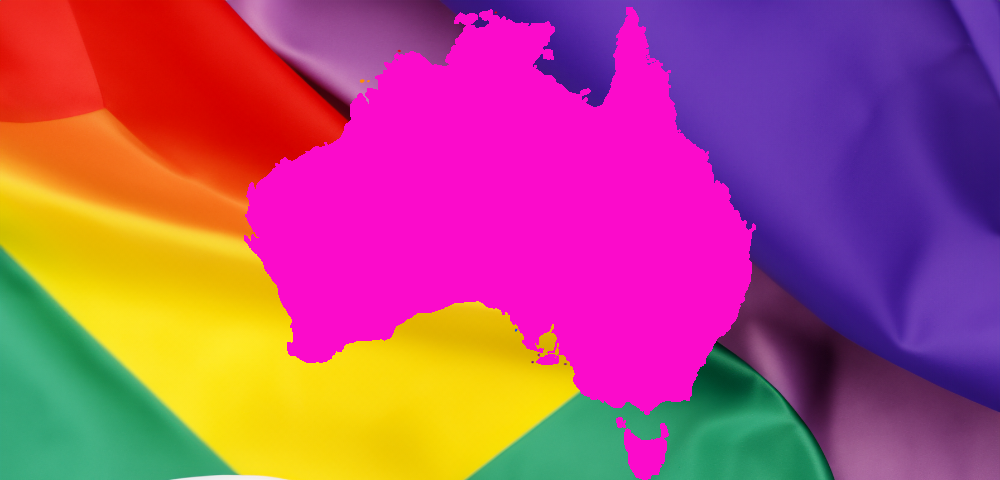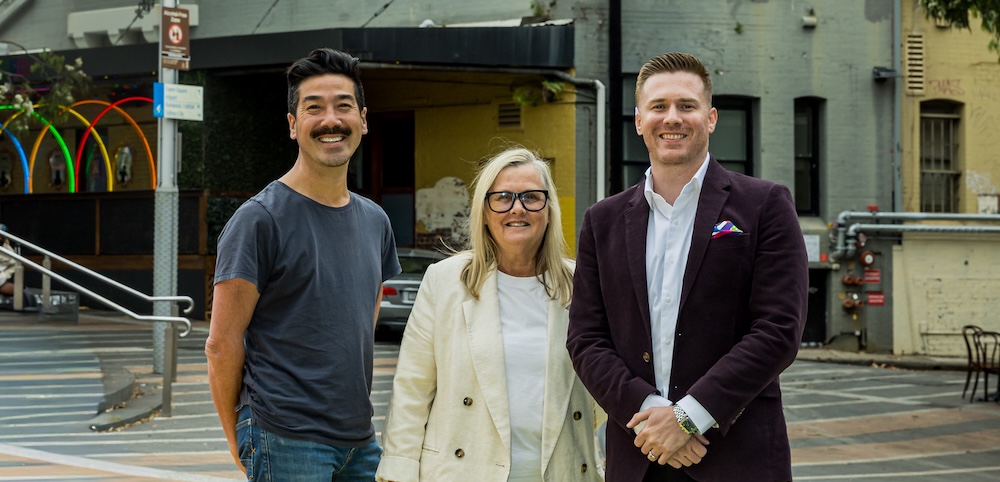
Victoria’s HIV increase
The number of HIV notifications in Victoria has increased for the second year in a row, although according to health officials, the data does not necessarily indicate a rise in HIV infections.
The latest Victorian Infectious Diseases Bulletin revealed that 233 people were diagnosed HIV-positive in the period between July 2001 and June 2002, up from 196 notifications in the previous period and 139 in the 1999-2000 bracket. Victorian AIDS Council executive officer Mike Kennedy told Sydney Star Observer that the figures may simply be a result of an increase in testing in Victoria.
As a result of the initial increase [in 2000] we’ve been actively encouraging people to test, Kennedy said.
Recent statistics from surveys conducted by the National Centre in HIV Social Research did not support the theory of a rise in infections in Victoria, he said.
If you look at what are the markers that might point to a rise [in infections] like an increase in unprotected anal intercourse with casual partners, there’s actually a higher percentage of that in periodic surveys in most other places relative to Melbourne, Ken-nedy noted. -¦ And yet, we’re seeing this increase apparently in Victoria, rather than in Sydney or Brisbane.
Andrew Grulich, president of the Australian Society for HIV Medicine, echoed Ken-nedy’s assessment that the data was not conclusive, but said the figures were suggestive of an increase in infections.
Surveillance data rarely gives you a quick and definite answer about whether the epidemic’s going up or going down -¦ The numbers are beginning to come together now that suggest that we have seen a true increase in Victoria over the last couple of years, Grulich told the Star.
The Victorian rise was not reflected nationally, Grulich said, because HIV infection rates had remained steady over the past three or four years.
That’s really concerning, because for many years we saw declining HIV rates. Now, for the last three or four years we’re seeing flat HIV notifications. We know that in places around the world which had predominantly gay epidemics -¦ San Francisco, Vancouver, Toronto, all have seen increases in HIV so it’s something we need be very much on the lookout for.
Kennedy said that sexual health checks conducted by VAC since the initial increase revealed a higher than expected percentage of gay men with asymptomatic gonorrhoea and chlamydia, which may be linked to a possible increase in HIV infection rates.
We know that if you’re positive and you have one of those STIs [sexually transmitted infections], you’re more likely to transmit HIV and we know that if you’re negative and you have one of those STIs, then you’re more likely to come into contact with HIV, to seroconvert, Kennedy said.
So at the same time as reinforcing the safe-sex messages, we’re also advocating that sexually active gay men who change partners ought to at least annually be having a sexual health check, he said.
The rise in notification rates in Victoria comes as health officials predicted a rise of 25 percent in people diagnosed with HIV in the UK. The Guardian reported on the warning from the Public Health Laboratory Service that there was an urgent need to -˜start again’ in educating Britons about safe sex, including the use of condoms. The rise is predicted because new cases to September had risen more than quarter over the same period for 2001.




